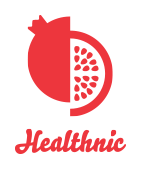Implementation: Activity to develop knowledge of nutritional and economic value of using seasonal produce. To identify local seasonal produce and compare and identify similarities in seasonal produce and traditions across countries.
Requirements: Picture cards of a wide range of vegetables; Twelve wall-charts representing each month; pens; paper to make notes; sticky notes
How to:
- Discuss all together vegetables in season and how they influence traditions
- Participants break into groups of four
- Each group is provided with a selection of vegetables cards (minimum representing six vegetables)
- Facilitator to prepare appropriate number of cards according to number of months the vegetable is in season e.g. swede is in season over four months November, December, January and February (four swede picture cards).
- Each group – discuss time of year vegetable is in season – one participant make notes
- Picture cards are attached to wall-chart denoting the month it is in season
- Participants from other countries note on sticky labels vegetables and month they are in season in their home country, attach sticky notes to wall charts
- Discuss all together what has been learnt
Learning outcomes
- Overcomes language and cultural barriers
- Raised awareness of similarities in produce grown in different countries
- Raised awareness of differences in seasonal climate affecting availability
- Understanding seasonal influence on traditional dishes
- Increased awareness of similarities across cultures
- Understand the health and economic benefits to using fresh local produce






